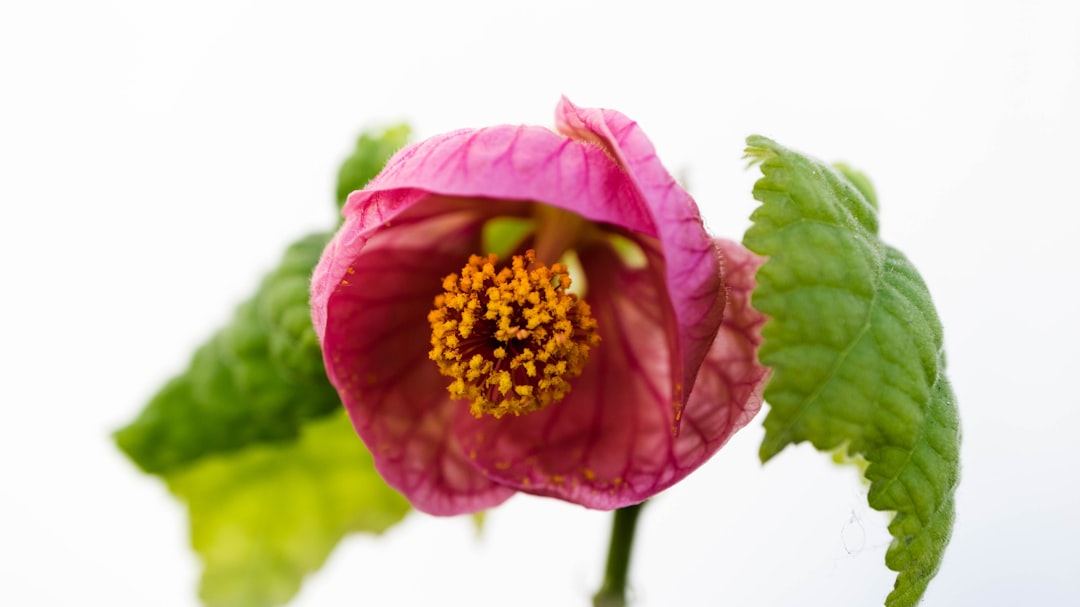The Secret to a Blossoming Yard: Pruning Wisdom

When it comes to caring for your yard, one of the most crucial aspects that often gets overlooked is the proper pruning of flowering shrubs and vines. Many gardeners make the common mistake of pruning these plants in spring, not realizing that this simple act can have a detrimental impact on the year's floral display.
Flowering shrubs and vines have their own unique growth cycles and blooming patterns. Some species set their flower buds on the previous year's growth. For example, lilacs are well - known for this characteristic. If you prune lilacs in spring, you are likely to cut off the very buds that would have developed into beautiful, fragrant flowers later in the season. The same goes for forsythia, a popular early - blooming shrub. Its bright yellow flowers are a sign of spring, but if pruned at the wrong time, you'll miss out on that vivid display.
So, when is the right time to prune these plants? It depends on their blooming schedule. For shrubs and vines that bloom on old wood (the previous year's growth), the best time to prune is right after they finish flowering. This gives the plant enough time to grow new branches and set buds for the next year. For instance, after your lilacs have finished blooming, you can carefully remove any dead or damaged branches, as well as shape the plant to maintain its aesthetic appeal. This way, you're not interfering with the current year's flowers and you're also promoting healthy growth for the future.
On the other hand, there are shrubs and vines that bloom on new wood (the current year's growth). These include hydrangeas of certain varieties, like the panicle hydrangea. For these plants, pruning in late winter or early spring is ideal. By cutting them back at this time, you encourage new growth, which will bear flowers later in the season. However, it's important to note that different hydrangea varieties have different pruning requirements, so it's always a good idea to do some research specific to the type of hydrangea you have in your yard.
Another factor to consider when pruning is the overall health of the plant. Before you start snipping away, take a close look at the shrub or vine. Look for signs of disease, such as discolored leaves, spots, or abnormal growth. If you notice any of these issues, it's best to remove the affected parts immediately to prevent the spread of the disease. Also, make sure to use sharp, clean pruning tools. Dull or dirty tools can cause damage to the plant and introduce pathogens.
Proper pruning also involves understanding the shape and size you want your plant to achieve. For example, if you have a climbing rose vine, you can train it to grow along a trellis or fence by carefully pruning and tying the branches. This not only enhances the visual appeal of your yard but also helps the plant grow in a more organized and healthy manner.
In addition to pruning, other aspects of garden care are equally important. Regular watering, fertilizing, and mulching can all contribute to the overall health and beauty of your yard. Watering should be done deeply but infrequently to encourage strong root growth. Fertilizing provides the necessary nutrients for the plants, but it's important not to over - fertilize, as this can lead to excessive growth and poor flower production. Mulching helps retain moisture in the soil, suppress weeds, and regulate soil temperature.
By following these guidelines for pruning and overall garden care, you can ensure that your yard is a vibrant and beautiful oasis. Remember, patience and knowledge are key when it comes to caring for your yard. Take the time to learn about the specific needs of your plants, and you'll be rewarded with a spectacular floral show year after year.